- Have any questions?
- +86-189 8930 5995
- sales@mosinterchem.com.cn
Tricalcium Phosphate CAS 7758-87-4

Sodium Bicarbonate Food Grade CAS 7758-29-4
17/12/2018
Dicalcium Phosphate Feed Grade CAS 7789-77-7
17/12/2018| Model: | MOS7758-87-4 |
| Brand Name: | MOSINTER |
| CAS No.: | 7758-87-4 |
| Main content %≥: | 85 |
| Ca %≥: | 34 |
| Arsenic %≤: | 0.0003 |
| Melting Point: | 1670°C |
| Refractive index: | 1.63 |
| Density: | 3.14 |
| Fluorine %≤: | 0.0075 |
| Storage condition: | 2-8°C |
| Form: | aqueous suspension |
| Soluble: | 0.1 g/L (25 ºC) |
Tricalcium Phosphate (CAS: 7758-87-4)
| Item | Index |
| Appearance | White powder |
| Main content %≥ | 85 |
| Ca %≥ | 34 |
| Combustion loss (800℃) ≤ | 10 |
| Heavy metals (as Pb) %≤ | 0.0005 |
| Arsenic %≤ | 0.0003 |
| Fluorine %≤ | 0.0075 |
Tricalcium phosphate (sometimes abbreviated TCP) is a calcium salt of phosphoric acid with the chemical formula Ca3(PO4)2. It is also known astribasic calcium phosphate and bone phosphate of lime (BPL). Calcium phosphate is one of the main combustion products of bone (see bone ash). Calcium phosphate is also commonly derived from inorganic sources such as mineral rock.
It has an alpha and a beta crystal form, the alpha state being formed at high temperatures. As rock, it is found in Whitlockite.
Uses
Tricalcium phosphate is used in powdered spices as an anticaking agent. It is also found in baby powder.
Calcium phosphate is an important raw material for the production of phosphoric acid and fertilizers, for example in the Odda process. Phosphate ore quality and quantity is often specified as percent BPL (bone phosphate of lime), where 1% BPL is equivalent to 0.458% P2O5.
Calcium phosphate is also a raising agent (food additive) E341. As a mineral salt found in rocks and bones, it is used in cheese products.
It is also used as a nutritional supplement and occurs naturally in cow milk[citation needed], although the most common and economical forms for supplementation are calcium carbonate (which should be taken with food) and calcium citrate (which can be taken without food). There is some debate about the different bioavailabilities of the different calcium salts.
It is commonly used in porcelain and dental powders, and medically as an antacid or calcium supplement, although calcium carbonate is more common in this regard.
It can be used as a tissue replacement for repairing bony defects when autogenous bone graft is not feasible or possible. It may be used alone or in combination with a biodegradable, resorbable polymer such as polyglycolic acid. It may also be combined with autologous materials for a bone graft.
Porous beta-Tricalcium phosphate scaffolds are employed as drug carrier systems for local drug delivery in bone.[
Another practical application of the compound is its use in gene transfection. The calcium ions can make a cell competent to allow exogenous genes to enter the cell by diffusion. A heat shock afterwards then invokes the cell to repair itself. This is a quick and easy method for transfection, albeit a rather inefficient one.
Calcium triphosphate is used to remove fluoride from water in water filtration systems.
You must be logged in to post a review.

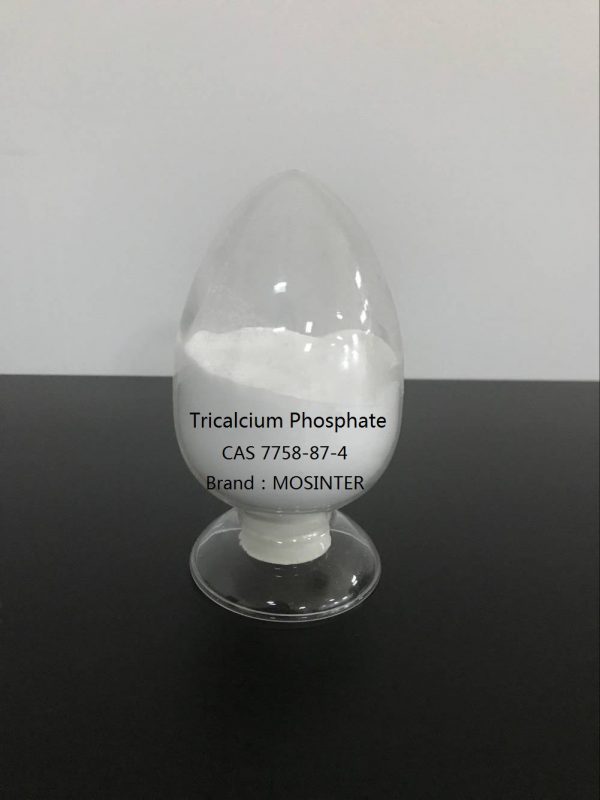
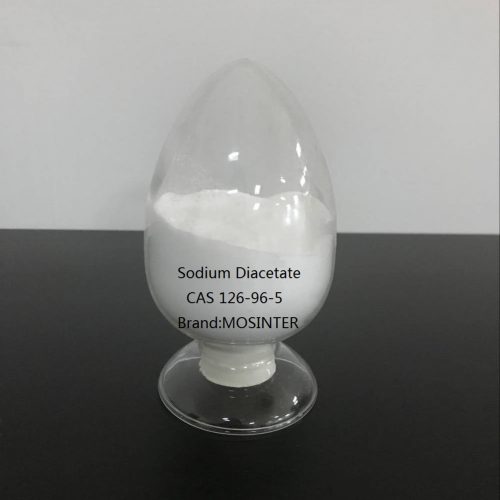
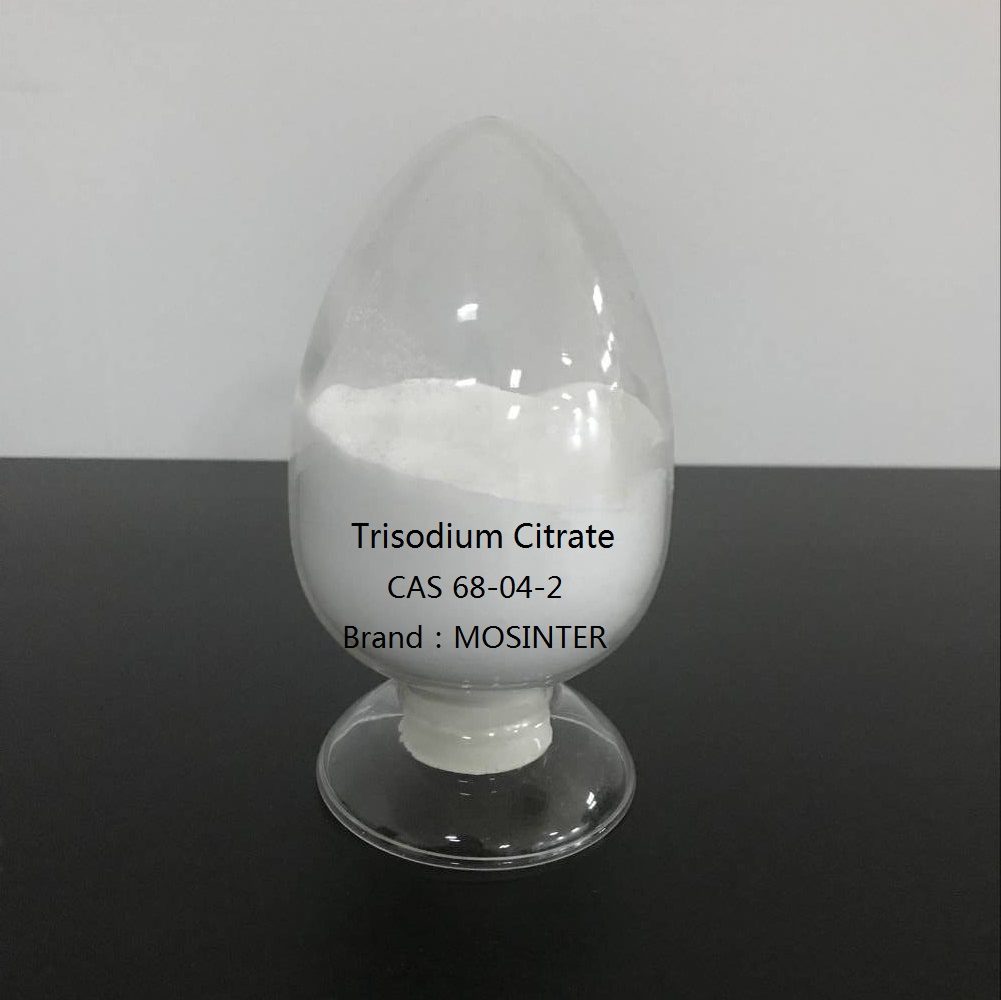
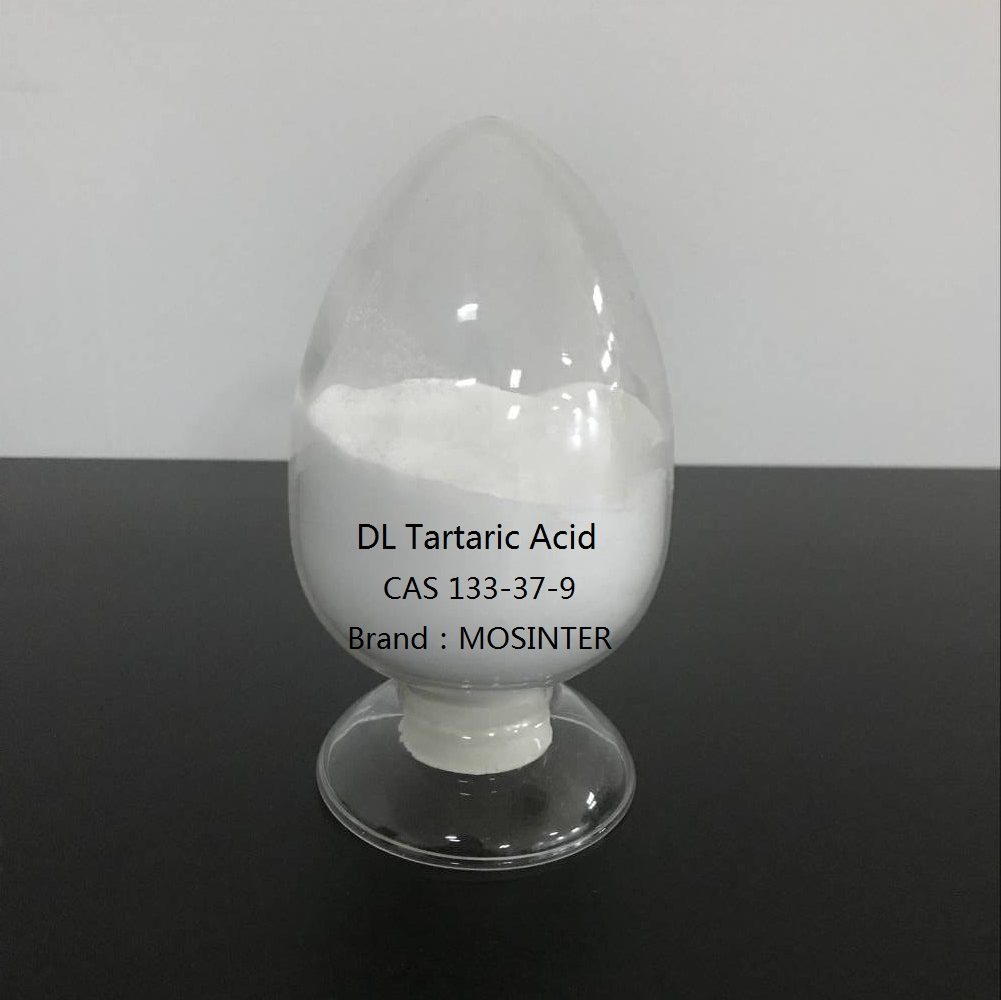
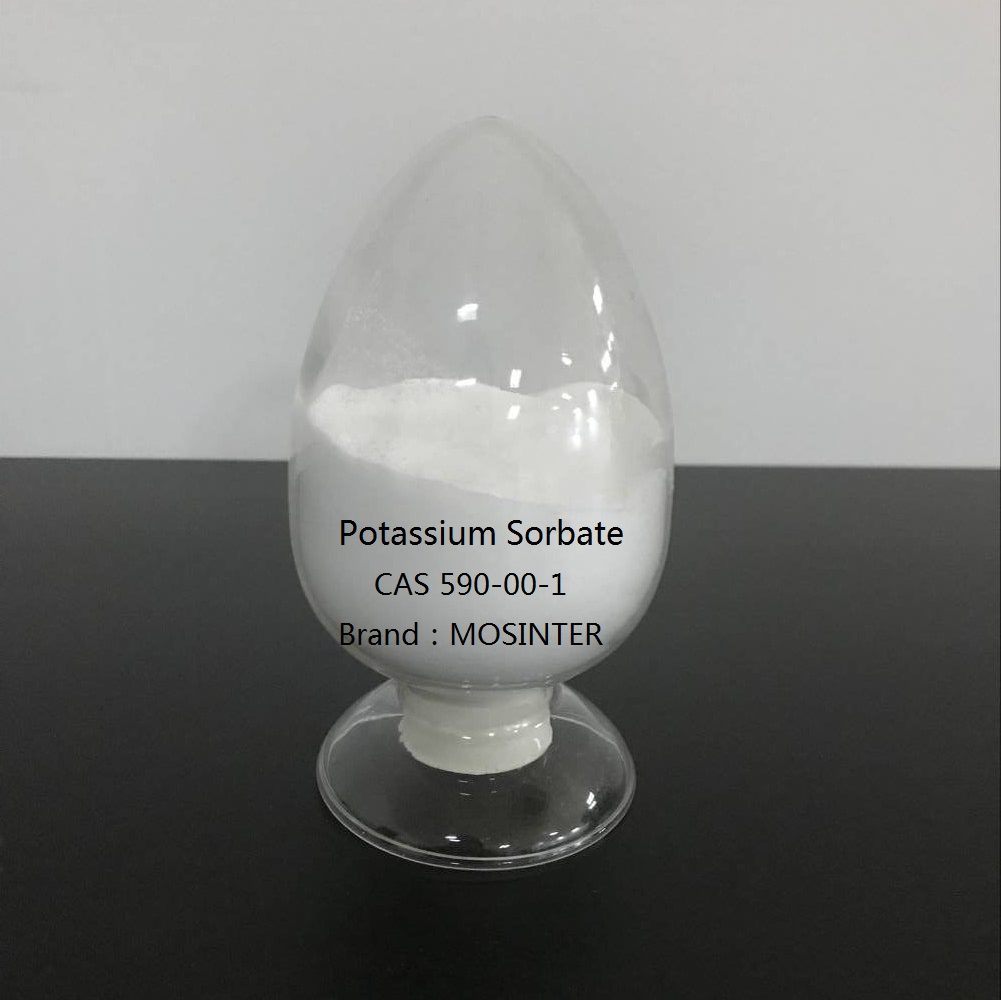
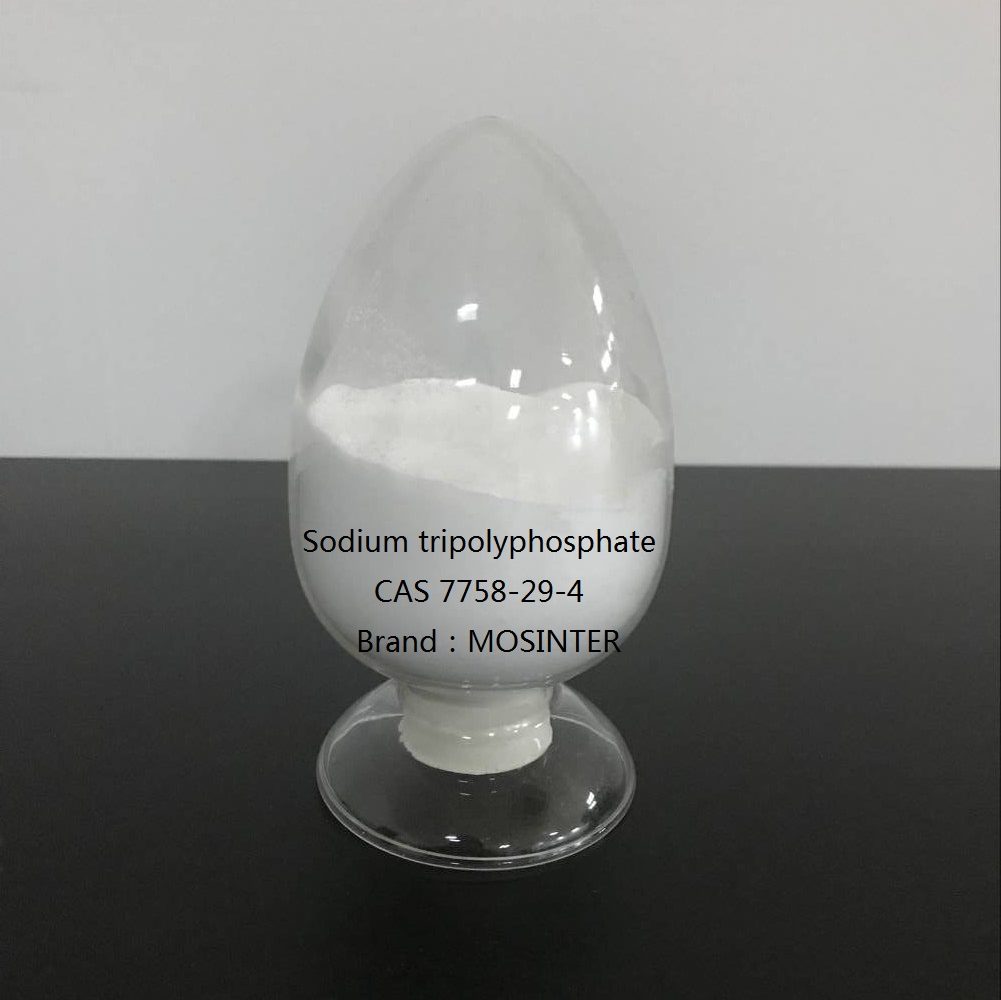
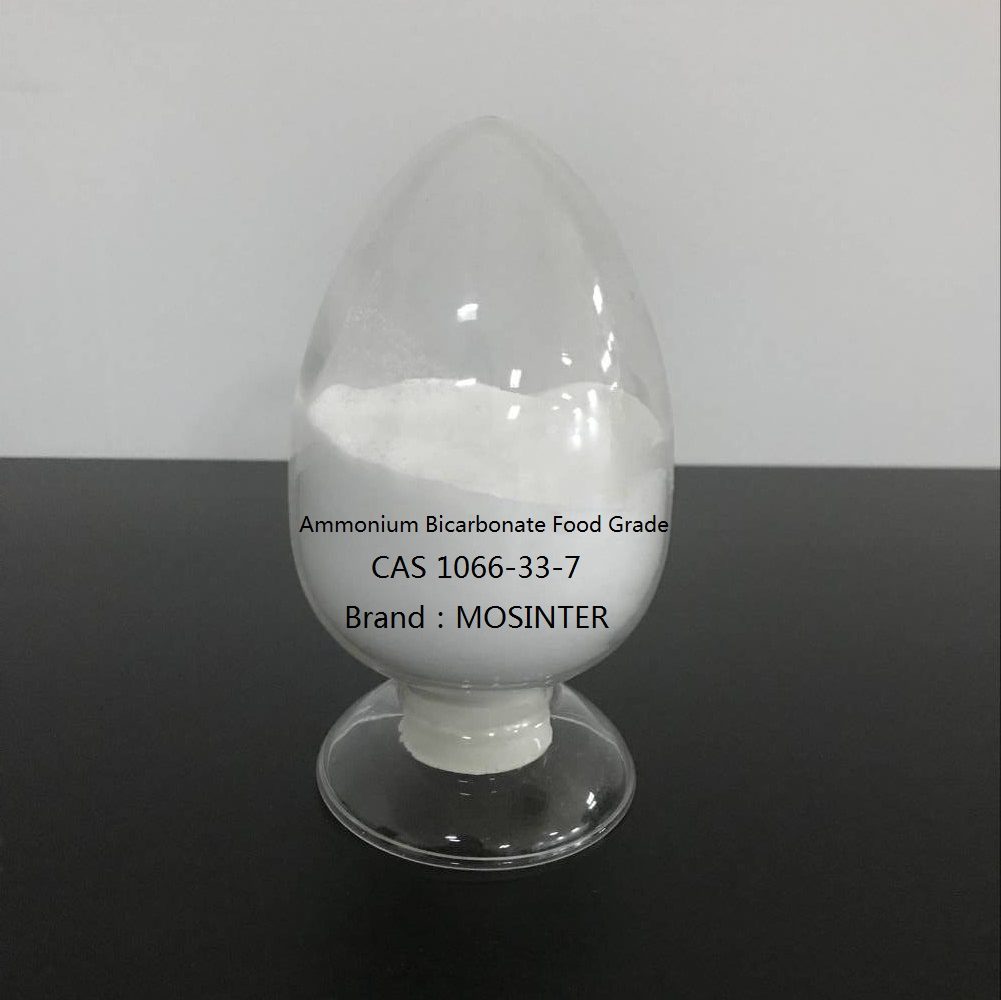
Reviews
There are no reviews yet.